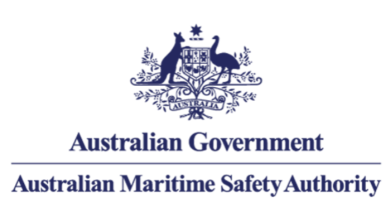
The design of a new passenger ferry’s fuel oil return system and inadequate follow-on training for engineering crewmembers led to the 2022 fire aboard the Staten Island Ferry Sandy Ground, the National Transportation Safety Board said.
The fire broke out in the engine room of the Sandy Ground in New York Harbor with 884 persons aboard on December 22, 2022. The crew’s actions to contain and extinguish the fire, combined with a quick response from good samaritan vessels, resulted in the safe evacuation of all onboard. Damage to the vessel totaled $12.7 million. Continue reading “Design flaw caused Staten Island ferry fire is report finding”










